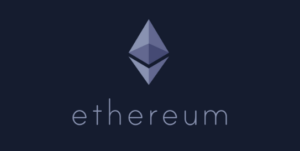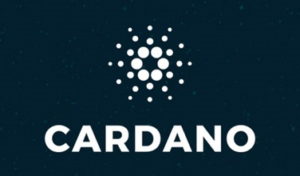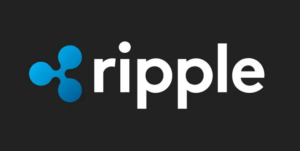Ethereum Confronts Inflationary Challenges: Is the Era of Ultra Sound Money Over?

Ethereum (ETH), often referred to as ultra-sound money due to its deflationary supply model, is currently encountering fresh challenges that have raised doubts among some analysts regarding the sustainability of this narrative.
A well-known crypto analyst, Thor Hartvigsen, recently addressed this issue in a comprehensive discussion on X, shedding light on Ethereum’s fee generation and supply dynamics in the present scenario.
Hartvigsen highlighted that August 2024 is shaping up to be the least lucrative month in terms of fees generated on the Ethereum mainnet since early 2020. This decline is primarily attributed to the introduction of blobs in March, enabling Layer 2 (L2) solutions to circumvent substantial fees to Ethereum and ETH holders.
Consequently, a significant portion of activity has transitioned from the mainnet to these Layer 2 (L2) solutions, with the majority of value being retained at the execution layer by the L2s themselves.
As a result, Ethereum has shifted to a net inflationary state, with an annual inflation rate of around 0.7%, indicating that the issuance of new ETH currently surpasses the amount being consumed through transaction fees.
Hartvigsen outlined the impact of this shift on Non-Stakers and Stakers. Non-stakers previously benefited from Ethereum’s burn mechanism, where base fees and blob fees were incinerated, thereby reducing the overall ETH supply. However, with blob fees frequently at $0 and the decline in base fee generation, non-stakers are witnessing reduced benefits from these burns. Additionally, priority fees and Miner Extractable Value (MEV), which are not burned but distributed to validators and stakers, do not directly benefit non-stakers.
Furthermore, the ETH emissions flowing to validators/stakers are contributing to supply inflation, negatively affecting non-stakers. This inflationary trend for non-stakers has become more pronounced, particularly following the introduction of blobs.
On the other hand, stakers experience a different scenario. Stakers capture all fees, either through burning or staking yield, neutralizing the net impact of ETH emissions for them. Despite this advantage, stakers have observed a substantial decline in the fees directed to them, plummeting by over 90% since earlier this year.
This decline raises concerns about the sustainability of Ethereum’s ultra-sound money narrative. Hartvigsen suggested that Ethereum may no longer embody this narrative as effectively as before.
With decreasing fees and inflation slightly outpacing burns, Ethereum now resembles other Layer 1 (L1) blockchains such as Solana and Avalanche, which also face similar inflationary pressures, according to Hartvigsen. He emphasized that while Ethereum’s current net inflation rate remains significantly lower than other L1s, the diminishing profitability of infrastructure layers like Ethereum may necessitate a revised approach to uphold the network’s value proposition.
One potential solution proposed by the analyst is to increase the fees paid by L2s to Ethereum, although this could present competitive obstacles. Concluding his analysis, Hartvigsen underscored the need for infra-layers, including Ethereum, to find alternative ways to be valued, as they are generally unprofitable, particularly when inflation is viewed as a cost.
In essence, Ethereum is no longer an outlier with a net deflationary supply, and like other infra-layers, it requires a new valuation methodology to adapt to the evolving landscape.



